2017 marks the 50th anniversary of the landmark Supreme Court Case Loving vs. Virginia, which legalized interracial marriage in the United States. Loving vs. Virginia: A Documentary Novel of the Landmark Civil Rights Case (7-12, Z+, HL720) is a beautifully written account of the marriage of Richard and Mildred Loving that details their fight to legally be together. Written by award-winning author Patricia Hruby Powell (Josephine: The Dazzling Life of Josephine Baker [2-5, X, 790]) and illustrated by multiple award winning artist Shadra Strickland (Please, Louise [P-2, AD510]), the book is a fictionalized account of their relationship supported by primary source material that provides historical and social context to their story.
Loving vs. Virginia: The Story Behind the History
 Written in verse, Loving vs. Virginia alternates between Richard’s and Mildred’s perspectives as they relate how they first met as children (Richard’s family was friends with Mildred’s), and how their relationship changed into something more as they grew into young adults. One of the most moving passages comes from the very first chapter, as Mildred is relating a large get together at her family’s farm. Neighbors and friends, including Richard’s family, have come from all over, and none of the prejudices and intolerance that permeated the time period are present. Instead, we see a large group of people enjoying each other’s company. As Mildred says, “If I stop and watch, I see young and old-Indians, Negroes, Whites-all mixed together.”
Written in verse, Loving vs. Virginia alternates between Richard’s and Mildred’s perspectives as they relate how they first met as children (Richard’s family was friends with Mildred’s), and how their relationship changed into something more as they grew into young adults. One of the most moving passages comes from the very first chapter, as Mildred is relating a large get together at her family’s farm. Neighbors and friends, including Richard’s family, have come from all over, and none of the prejudices and intolerance that permeated the time period are present. Instead, we see a large group of people enjoying each other’s company. As Mildred says, “If I stop and watch, I see young and old-Indians, Negroes, Whites-all mixed together.”
The novel moves chronologically through time, as Mildred and Richard grow closer and eventually marry. They have to go to Washington D.C. to marry since it was illegal in Virginia at the time. Richard stays with Mildred’s family, but not as often as he’d like, scared that they will be seen together too often and draw the wrong kind of attention. One night in 1958, the worst happens as the local sheriff bursts into their home and arrests Mildred and Richard. Their punishment for being married is to serve a year in jail or be banned from their home state of Virginia for 25 years. The couple moves to Washington D.C. to live with family. They spend more time apart than they do together; Richard commuting to Virginia to work while Mildred stays behind with their children.
However, in 1963 things begin to change. On August 28, 1963, over 200,000 Americans marched on Washington, D.C., and Mildred was filled with hope. She wrote Robert Kennedy, the U.S. Attorney General at the time, detailing her situation and asking for help. This was the beginning of a four years long fight for freedom. The Attorney General’s office directed Mildred and Richard to the ACLU, where they eventually met lawyers Bernard Cohen and Philip Hirschkop, who took their case, and who would eventually argue on behalf of the Lovings before the U.S. Supreme Court.
Integrate Patricia Hruby Powell’s Loving vs. Virginia Novel Into Instruction
This unique novel has many things to recommend it for use in the classroom, particularly within ELA or Social Studies units. Not only is the prose accessible and compelling, but it is supported by numerous primary source documents that help place the Loving’s struggle within a larger historical context. Quotes from law enforcement officials, attorneys and the judges who decided their various court cases help illustrate exactly how difficult it was for Mildred and Richard to exist as a married couple in Virginia during their lives. Quotes about “racial integrity” and “the corruption of the blood” show how ingrained racial prejudice and intolerance were to many Americans. The book also contains many text features, including a timeline, map features and a bibliography. Strickland’s beautiful illustrations are contrasted with numerous historical photos, which help to give young readers insight into what was happening nationally while the Lovings were fighting for their personal rights.
A startling afterward by the author notes that, although the Supreme Court ruled on Loving vs. Virginia in 1967, the last existing anti-miscegenation law in Alabama wasn’t reversed until 2000.
Loving vs. Virginia is a wonderful introduction to this landmark civil rights case to a young audience who may never have heard of it. The first person narration makes it relatable and accessible, and while the text is sparse, it still manages to convey the range of emotions needed to make the Loving’s situation compelling and relatable. The book would work well as a fiction component in a larger U.S. History or Civil Rights text set, and the included bibliography is a great jumping off point for more in-depth research. Author Patricia Hruby Powell also shared her own close reading of several passages from Loving vs. Virginia on our blog recently, which can serve as an excellent resource for teachers who want to work on developing students’ close reading skills.
In honor of Loving Day on June 12, we’re giving away two copies of Patricia Hruby Powell’s Loving vs. Virginia. Enter below for your chance to win! Only one entry per person. Giveaway ends on Tuesday, June 20 at 11:59 p.m. Please note that we can only ship books to a school address.
This giveaway is now closed. Congratulations to the winners!
Booksource Recommends…
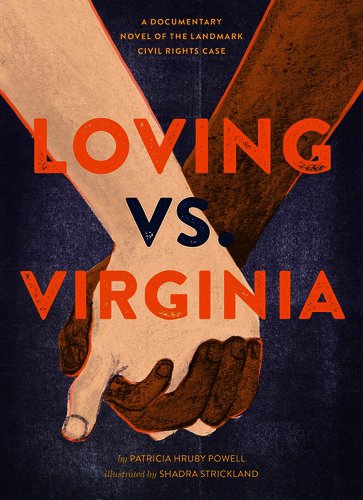 |
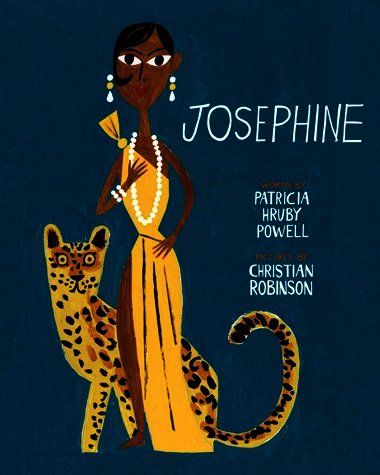 |
|---|---|
| Loving vs. Virginia by Patricia Hruby Powell |
Josephine by Patricia Hruby Powell |


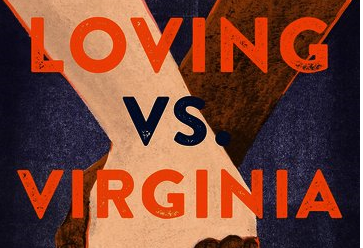
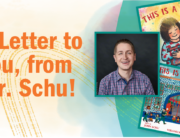

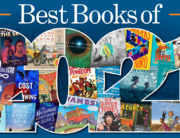
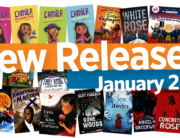

Leave A Comment